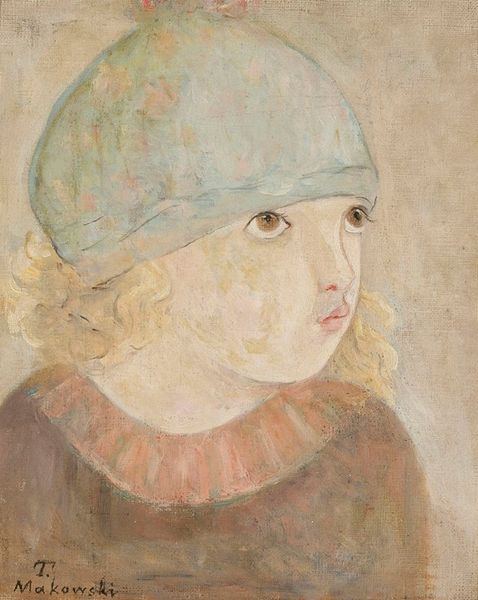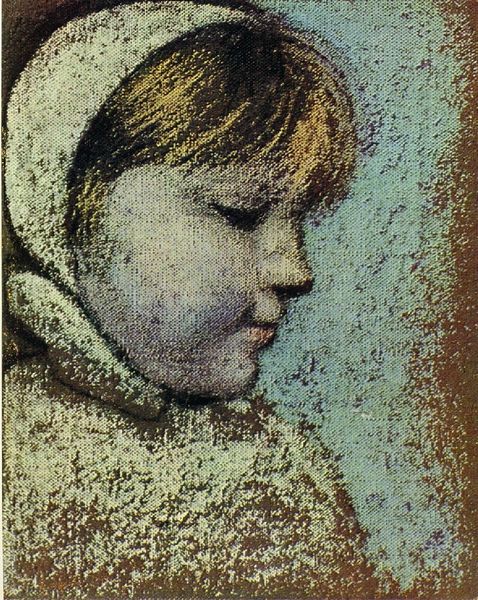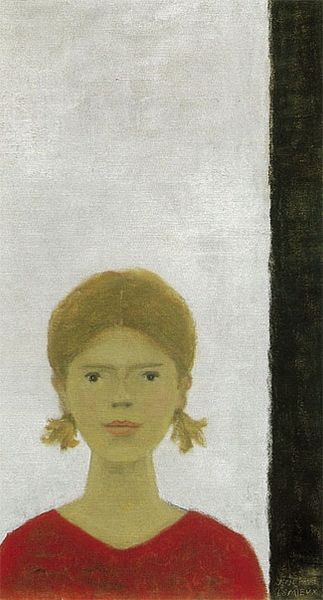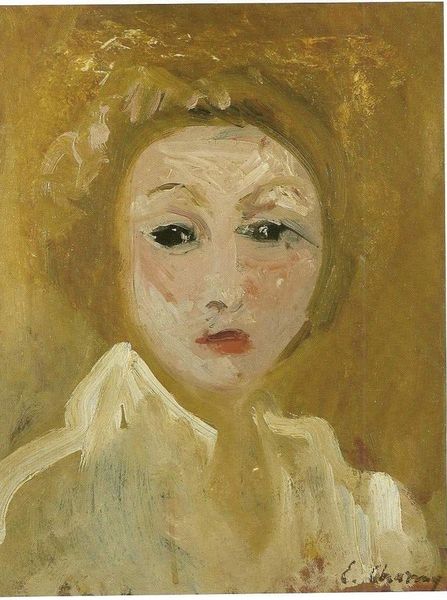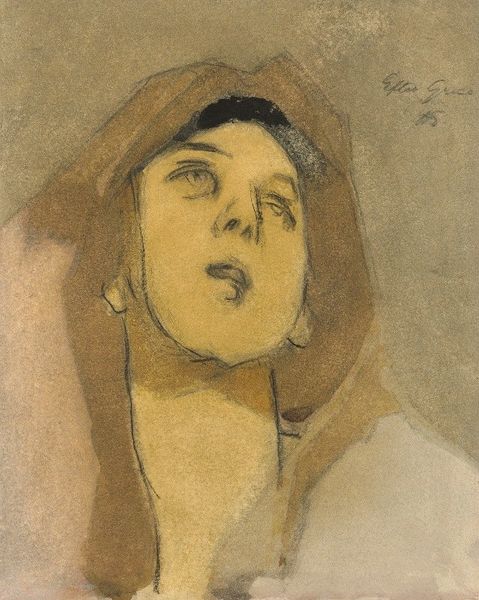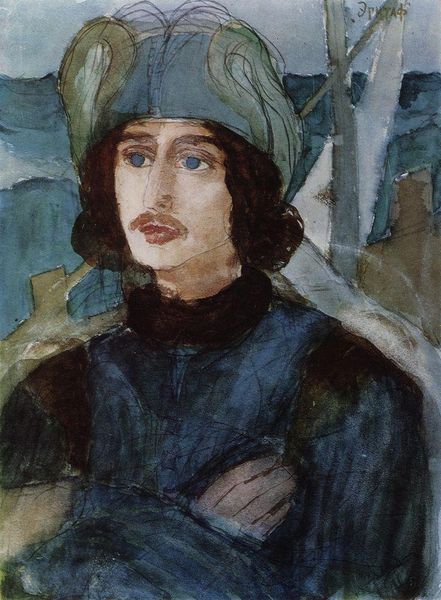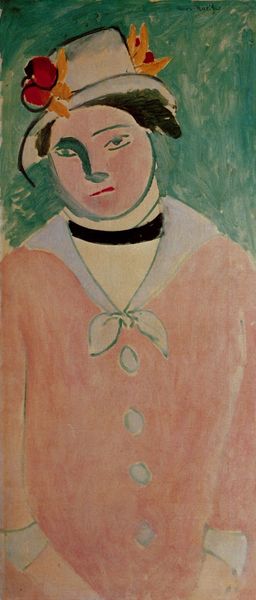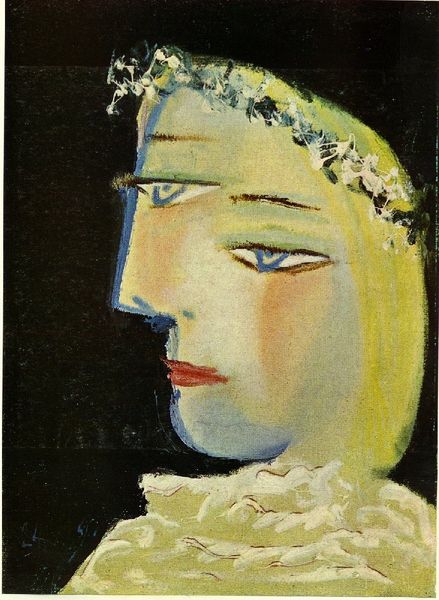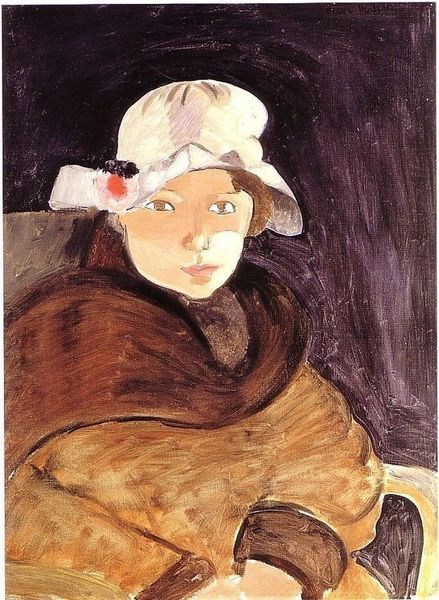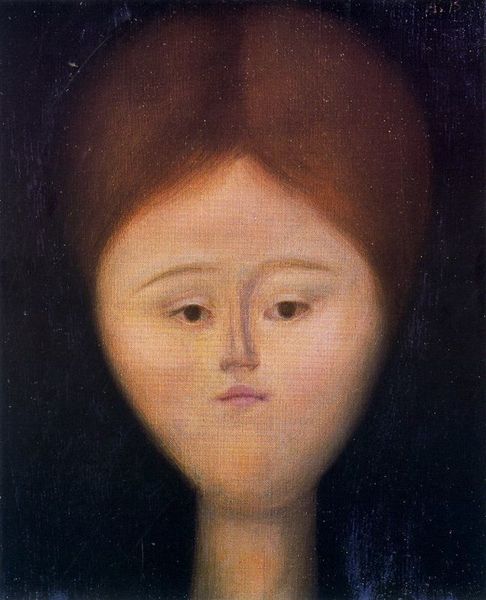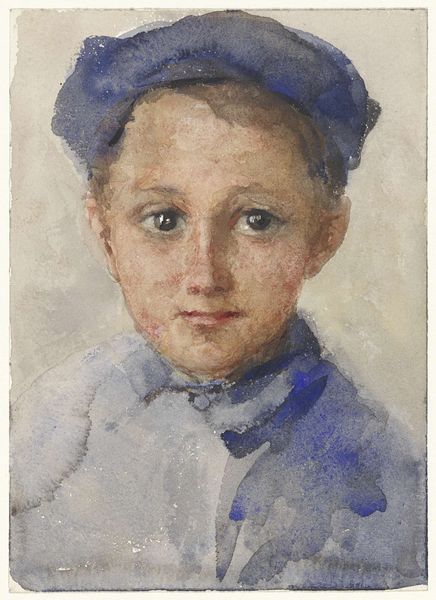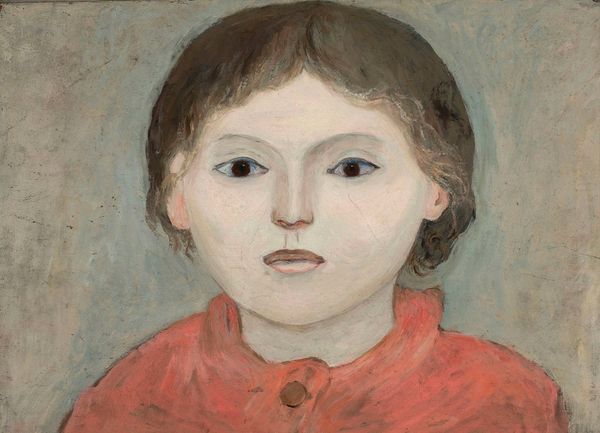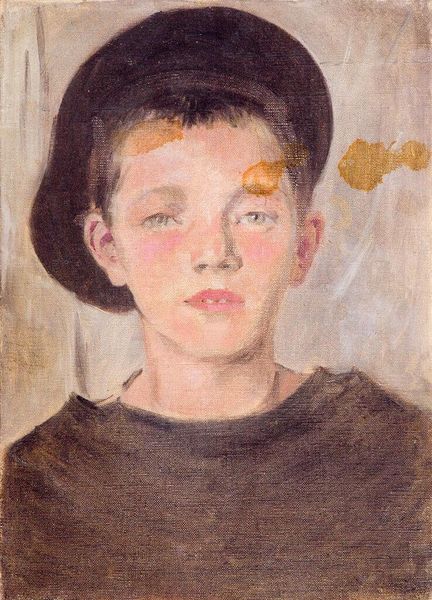
drawing, coloured-pencil
#
portrait
#
drawing
#
cubism
#
coloured-pencil
#
figuration
#
coloured pencil
#
modernism
Copyright: Pablo Picasso,Fair Use
Editor: Here we have Pablo Picasso’s "Portrait of Paulo, artist's son," created in 1923 using colored pencils. There's a real sense of stillness and formality, even with those slightly cubist features. How do you read this piece? Curator: It’s interesting to consider this work in the context of Picasso's personal life and evolving artistic style. The 1920s saw him moving away from more radical cubism and toward a classical figurative style. How do we interpret this portrait as a statement about Picasso's evolving understanding of representation? Editor: So you see a reflection of the societal pull towards classicism, perhaps? Away from abstraction after the First World War? Curator: Precisely! Consider also how the public was ready for a return to order after the disruptions of the avant-garde and the war. Picasso, always keenly aware of his market and critical reception, strategically aligned himself with this sentiment. Doesn't the simplicity of the composition also remind you of earlier portraits of children? Editor: Yes, there is an echo of traditional portraiture in the face-forward composition and soft colors. It’s like he's both embracing tradition and subverting it at the same time. I hadn't really considered the societal pressures on even someone as groundbreaking as Picasso. Curator: It shows that even artistic geniuses are influenced by broader cultural and economic factors. It highlights that art isn't created in a vacuum, but emerges from a complex interplay of personal expression and societal expectations. Editor: This really opens my eyes to how deeply art and society are intertwined. Thanks so much! Curator: My pleasure. Looking through the lens of history can unlock entirely new meanings in familiar works.
Comments
No comments
Be the first to comment and join the conversation on the ultimate creative platform.
